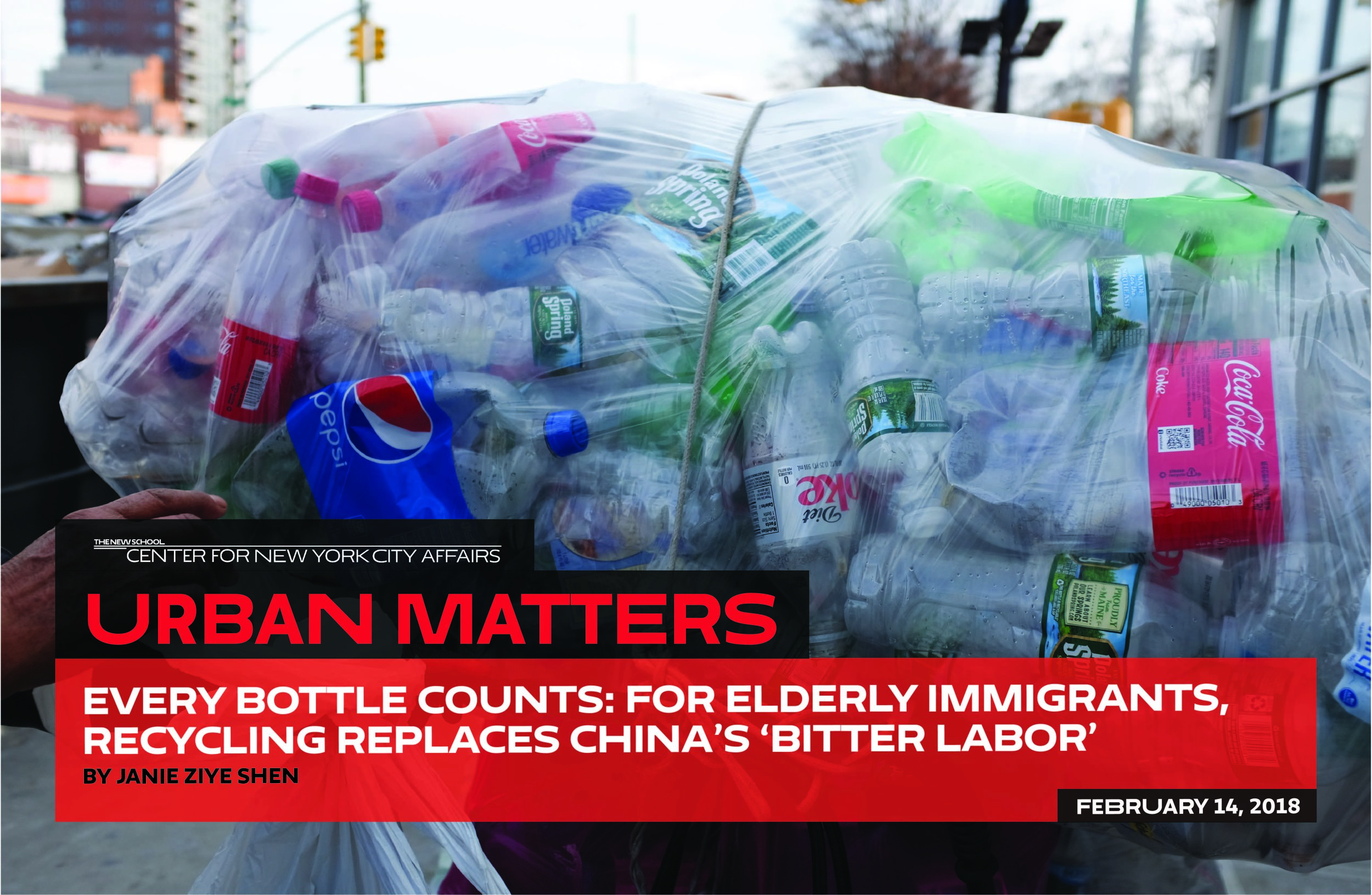May 8, 2018
When It Comes to Urban Matters, New School Students Have Impact
This week, collective bargaining negotiations between the administration of The New School and the union representing academic student workers stalled. This has prompted two reactions here at the Center for New York City Affairs. First, we hope for a quick and mutually satisfactory resolution of the outstanding issues between the two sides. And second, this seems the right moment to showcase a few examples of the varied and valuable research and reporting done by New School students – some of it on their own initiative and some in collaboration with the Center’s staff – that we’ve published in recent months. It’s a reminder of the high regard we have for all the work New School students have done for and with the Center over the years.
By Nicole Mader, Clara Hemphill, and Qasim Abbas
The conventional wisdom is that most elementary school children in New York City attend their zoned neighborhood schools and that the city’s high levels of school segregation merely reflect segregated housing patterns. But a more nuanced and in some ways disquieting story emerges from our analysis presented in a new policy report from the Center for New York City Affairs, “The Paradox of Choice.”
By Basil Soper
In May 2017, Urban Matters introduced its readers to Transilient, a traveling photojournalism project founded by students in the Bachelor’s Program for Adult and Transfer Students at The New School. We recently asked the project’s director, Basil Soper, for an update; here’s his report, including photos from trans profiles done during the 2017 Southern and Southwestern tour.
By Nicole Mader and Ana Carla Sant’anna Costa
Decades of national research have documented the “achievement gap” among students of different racial and ethnic groups as measured by their scores on standardized tests, with White and Asian students generally outperforming their Black and Hispanic peers. Now, a new tool developed by the Integration Project at the Center for New York City Affairs allows parents, educators, and policymakers to see just how large that gap is among students at each of the city’s approximately 900 public elementary schools, both district and charter. It also shows how strongly and how frequently this gap is moderated by the household incomes of students, even within the same schools.
By Flavia Leite
For more than a year, Inwood has been the stage of a drama featuring City Hall and activists from that largely working- and middle-class northern Manhattan neighborhood as the chief actors. The eventual outcome will not only shape one community’s future; it will have broader implications, too, previewing a process that will affect tens of thousands of New Yorkers living in roughly a dozen other neighborhoods that the administration of Mayor Bill de Blasio has identified for rezoning. And while the development-versus-affordability plot of the Inwood story is all too familiar in New York, research by the Center for New York City Affairs suggests ways policymakers and community leaders can learn from what has happened in Inwood and other communities, and rewrite the script in ways that might make a happier ending possible.
By Janie Ziye Shen
Every morning in Sunset Park, Brooklyn, Chinese-born grandmas and grandpas stream towards a recycling center on 62nd Street. They carry bags or drag shopping carts overflowing with bottles and cans they have collected over the course of days or weeks. Janie Shen spent months getting to know them in creating this photo essay.
By Vladimir Gurewich with Tyree Hicks
In 2017, the Center for New York City Affairs launched the Institute for Transformative Mentoring (ITM). In this video, participants speak about their personal transformations and their work as “credible messengers.” ITM credible messengers are formerly incarcerated men and women who, working with community-based and government agencies, help young people to navigate away from violence in their communities and avoid the criminal justice system.








